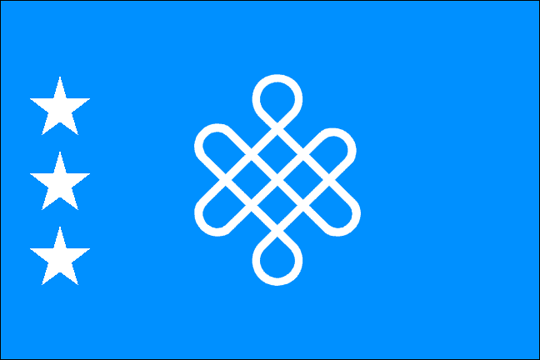The brigade was invented as a tactical unit by the Swedish king Gustavus Adolphus. It was introduced during the Thirty Years' War to overcome the lack of coordination between normal army structure consisting of regiments by appointing a senior officer.
Historically most infantry were organized with units of a single type, but in this case, both sides fielded units with a mixture of light and heavy troops. The imperials deployed their infantry in modified Spanish tercios. These units were rectangular, about 1500 men, with a dense center of pikemen and four "sleeves" of musketeers deployed on each sides or corners. Such a formation had very powerful all around defenses against cavalry, but was very slow moving and lacked firepower since at best only half of the available muskets could be brought to bear. The Swedes deployed in a linear formation developed by Maurice of Nassau. Swedish infantry were deployed with 6 ranks of musketeers to the front and 5 ranks of pikemen behind. The Swedish musketeers had also perfected the salvo firing technique, in which three ranks of musketeers would fire simultaneously, with the front rank kneeling, the second rank crouching and the third rank standing. The massive disruption caused by such a wall of lead slamming into the enemy was capable of stopping cavalry charges without the aid of pikes on many occasions, and allowed the Swedish pikemen or cavalry to immediately gain advantage over their opponent in the subsequent close combat. The tactical preferences of the two armies resulted from different operational philosophies: the imperial infantry were typically more static and defensive in battle, while the Swedish were more capable of offense but more vulnerable to flanking attacks.
The artillery of the period used no explosive projectiles. Cannon generally fired directly at low angle with solid metal or stone shot. Artillery was mostly used for siege operations as it was very slow to maneuver. The Swedes had developed more modern models for their siege artillery that were easier to maneuver and load, using only three different weight of ordnance: 24, 6 and 3 pounders. Additionally the Swedes had some of their lighter pieces integrated into their infantry formations at brigade and regimental level. These 3pound pieces (3 assigned to a brigade) were much smaller, lighter and less powerful than the siege guns. The 3 pound pieces could maneuver with the infantry to a limited degree. 3 pounders could also be reloaded much more quickly than siege pieces and had greater range and firing rate than the infantry's muskets, greatly increasing the Swedish infantry's firepower.
 )
)
 Thanks for the correction. Guess it's just a typo. I posted yesterday just about that in the other thread, quoted here incase you missed it:
Thanks for the correction. Guess it's just a typo. I posted yesterday just about that in the other thread, quoted here incase you missed it:








